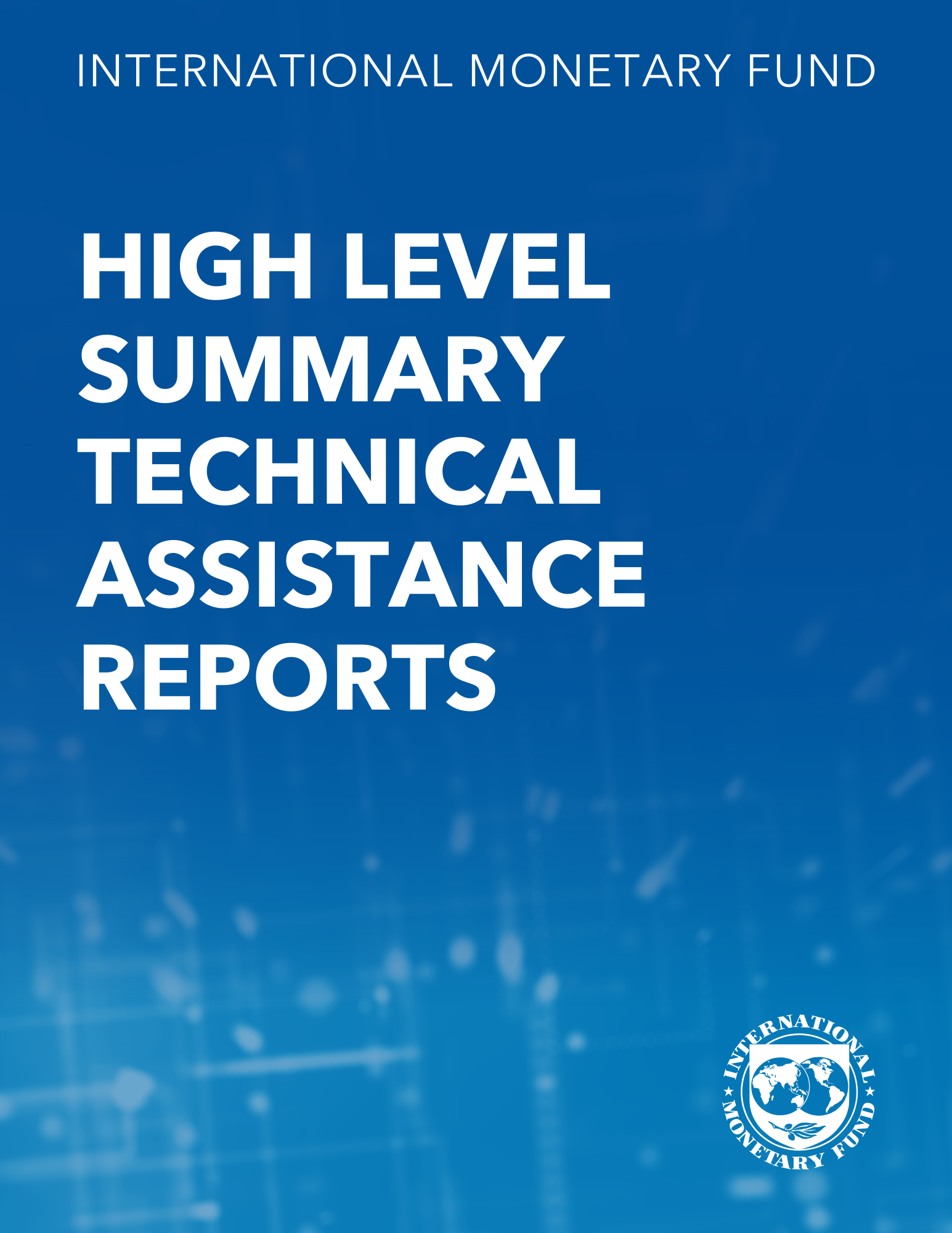Relationship Between Short-Term Interest Rates and Excess Reserves: A Logistic Approach
April 6, 2018
Disclaimer: IMF Working Papers describe research in progress by the author(s) and are published to elicit comments and to encourage debate. The views expressed in IMF Working Papers are those of the author(s) and do not necessarily represent the views of the IMF, its Executive Board, or IMF management.
Summary
This paper models the relationship between short-term rates and excess reserves in an interest rate corridor as a logistic function estimated for the Eurosystem. The estimate helps to identify conditions in which short-term rates become unanchored, that is, they move away from the policy rates and become more volatile within the interest rate corridor defined by the interest rates of the central bank’s standing facilities. These conditions are attributed to coordination failures among counterparties at open market operations under fixed-rate and full-allotment procedures in the context of segmented markets. A model of the functioning of segmented markets describes how “un-anchoring” takes place when counterparties pursue bidding strategies optimal from an individual perspective but sub-optimal from an aggregate perspective.
Subject: Banking, Deposit rates, Interest rate corridor, Short term interest rates, Standing facilities
Keywords: facility rate, money market, short-term rate, WP
Pages:
37
Volume:
2018
DOI:
Issue:
080
Series:
Working Paper No. 2018/080
Stock No:
WPIEA2018080
ISBN:
9781484350690
ISSN:
1018-5941






